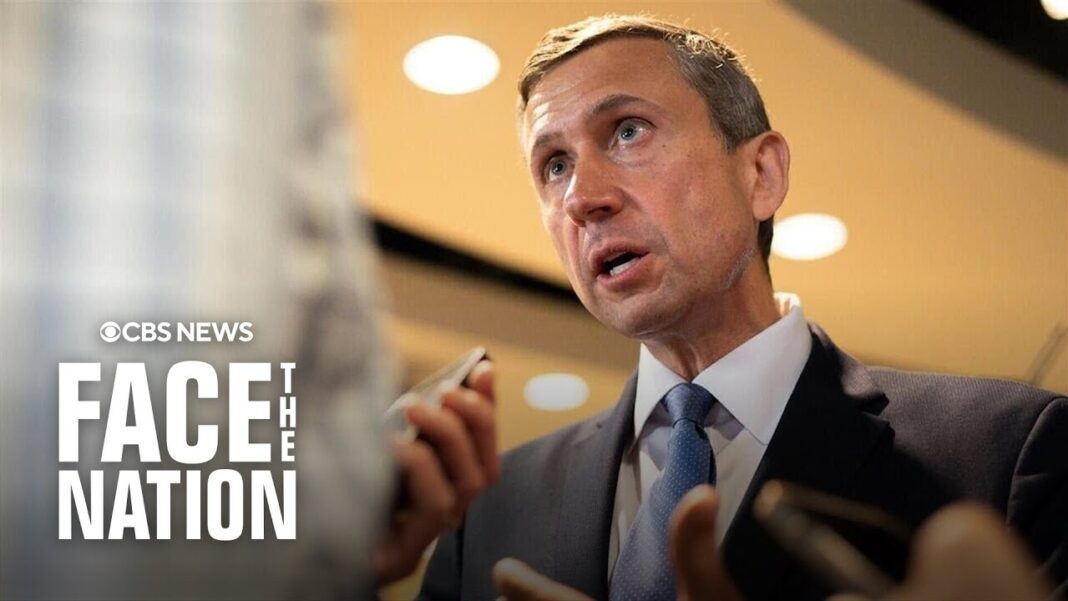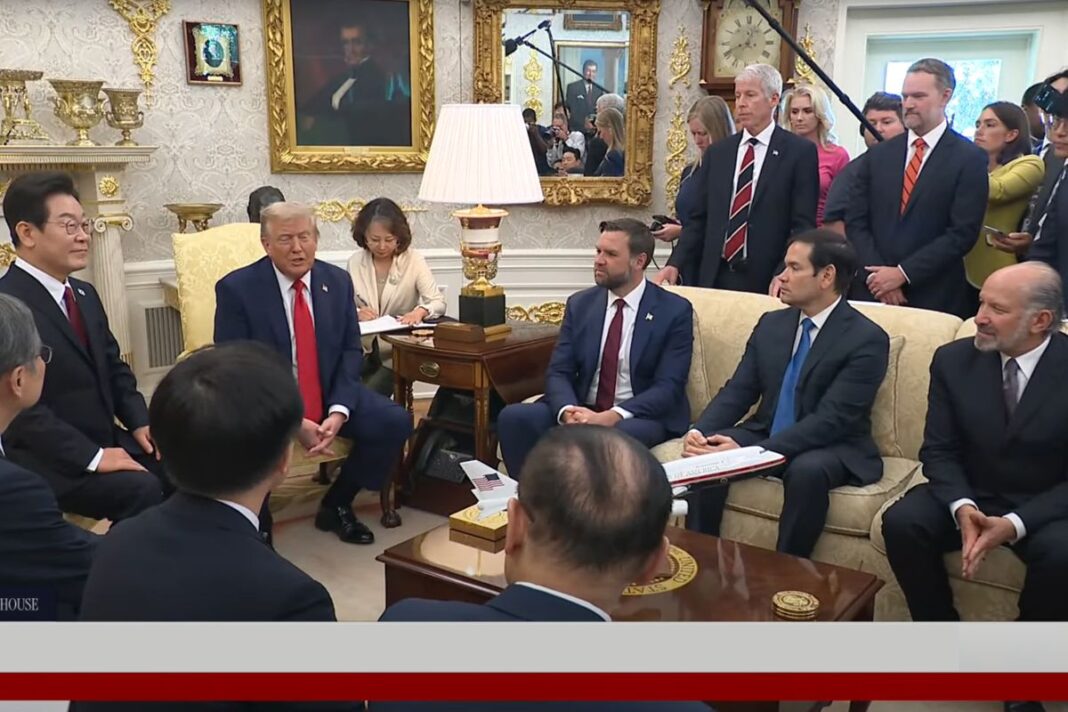Recent conditions ’may warrant’ an interest rate cut by the Federal Reserve in September, says Fed Chair Jerome Powell.
The Federal Reserve may cut interest rates in September.
In his final Jackson Hole keynote address on Aug. 22, Fed Chair Jerome Powell stated that current conditions, mainly a deteriorating labor market, “may warrant” a change in monetary policy.
“With policy in restrictive territory, the baseline outlook and the shifting balance of risks may warrant adjusting our policy stance,” Powell said in prepared remarks.
Plans may change, he said, since “monetary policy is not on a preset course”—the central bank still has another jobs report and a batch of inflation numbers before next month’s Federal Open Market Committee meeting—but the financial markets are overwhelmingly betting on a quarter-point rate cut.
But what does a lower federal funds rate mean for businesses and consumers?
Understanding the Policy Rate
The federal funds rate, or FFR, is the U.S. central bank’s chief policy rate. It is the primary interest rate at which banks lend money to each other overnight and applies to excess reserves held at the institution.
The Fed uses the FFR as a tool to influence economic activity and manage employment, growth, and inflation. A higher rate is meant to slow down the economy and cool inflation, while a lower rate is designed to stimulate conditions. As a result, the policy rate can affect business, consumer, and government borrowing costs.
In 2024, the Federal Reserve lowered the key interest rate by 1 percent, bringing the target rate to a range of 4.25 percent to 4.5 percent.
Bears and Bulls on Wall Street
Investors responded as Powell opened the door to a rate cut. The blue-chip Dow Jones Industrial Average increased by 846 points, or 1.89 percent, to a fresh all-time high. The broader S&P 500 tacked on 1.52 percent, while the tech-heavy Nasdaq Composite Index increased by almost 2 percent.
“Fed Chair Jerome Powell’s dovish commentary from his annual Jackson Hole speech appeared to be exactly what the market wanted to hear,” Adam Turnquist, chief technical strategist for LPL Financial, said in a note emailed to The Epoch Times.
Wall Street favors lower interest rates because they reduce the cost of capital for companies. Additionally, lower rates on savings accounts and Treasury securities encourage retail investors to shift their money into the stock market, seeking better returns.
But can the rally persist? Turnquist alluded to “buyer fatigue” beginning to be reflected on the New York Stock Exchange.
“Momentum indicators remain mostly bullish but have faded a bit this month,” Turnquist said. “This does not imply the rally is imminently going to end, but the negative divergence does point to buyer fatigue potentially setting in.”
By Andrew Moran






